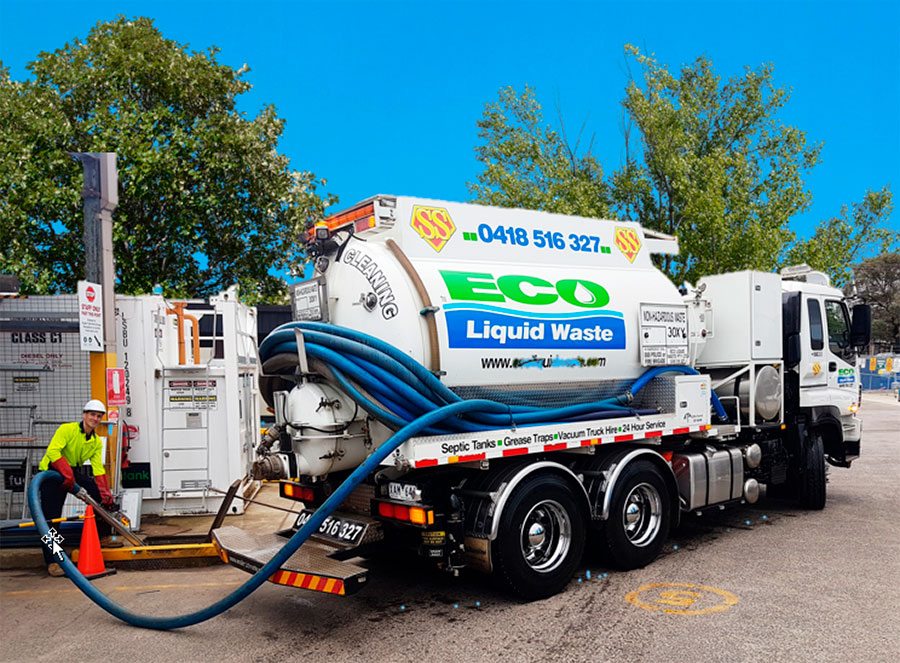The Facts About Reclaim Waste Uncovered
The Facts About Reclaim Waste Uncovered
Blog Article
The 4-Minute Rule for Reclaim Waste
Table of ContentsRumored Buzz on Reclaim WasteThe 15-Second Trick For Reclaim WasteHow Reclaim Waste can Save You Time, Stress, and Money.How Reclaim Waste can Save You Time, Stress, and Money.The Single Strategy To Use For Reclaim WasteThe Definitive Guide to Reclaim Waste

Never ever place harmful compounds down sinks, bathrooms or stormwater drains pipes Compounds consisting of fuel, oil, oil, pesticides and herbicides, and solvents such as paint strippers need to not be put down sinks, toilets or stormwater drains. These substances are hard to remove in the sewage treatment process and create air pollution troubles in our local waterways.

Liquid waste is a term that covers a wide selection of products, there's an excellent reason why leaving its disposal to the experts is recommended. Liquid waste is non-solid material that has no additional usage and must be dealt with and disposed of according to local, state and federal policies.
How Reclaim Waste can Save You Time, Stress, and Money.
Although examples of liquid waste can include wastewater, fats, oils or grease, used oil, liquids, solids, gases or sludges and hazardous home liquids, there are some that are considered to be more unsafe than others when it concerns the environment and the wellness of pets and humans alike. It's consequently that each state and area have rigorous guidelines linked to fluid waste administration.
Fluid waste can be kept in holding tanks or packaged in drums, intermediate mass containers or authorized tiny containers prior to either being treated or eliminated through outsourced vacuum cleaner trucks. Given the nature of the materials, fluid waste can not go in the general waste stream and there are rigorous regulations on just how to take care of it properly.
(https://justpaste.it/fauht)Depending on a resolution of the level of risk, it might be required to remediate those sites. Furthermore, unsafe fluid chemical wastes are controlled waste and needs to be tracked based on the state waste regulation. Under the chain of custody and obligations, owners are accountable and liable for waste produced by a business.
One of the core applications for superabsorbent polymers (SAPs) is fluid waste solidification. industrial wastewater treatment. SAPs are used by waste monitoring specialists to stop potentially dangerous liquids from entering waterways, groundwater aquifers, and various other delicate environments. Since fluids can rapidly deliver impurities into ecological receptors and possibly contribute to geotechnical failings, fluid wastes are often prohibited from disposal in garbage dumps
The Greatest Guide To Reclaim Waste
Primarily, free liquids are liquids that separate from the strong section of waste product. Fluid waste can consist of the following: HDD mud and cuttings Land fill leachate Wastewater therapy sludge & biosolids Dredged sediments Oil and gas drill cuttings Resolving pond muck Hydro Excavation slurry Coal combustion residuals/ash Tank base sludge Concrete grinding/polishing slurry Associated Post: For a functional instance of complimentary liquids dividing from waste product, take into consideration the complying with situation: A waste management professional loads a dump associate sludge from a wastewater therapy plant's aeration container, throughout a regular maintenance occasion.
When the chauffeur arrives at the landfill, he notices water seeping from the sludge and pouring from the dump vehicle. The tons was denied by the land fill and the motorist was forced to throw away the waste as a liquid waste at an unique facility, which increased the disposal costs significantly.
We also require to be accountable for the proper disposal of our waste products. It is not sufficient that we pay waste disposal companies to take care of our rubbish.
Getting My Reclaim Waste To Work

Segregating your waste can start inside the home. Segregate completely dry and fluid waste as well as edible waste, biodegradable and non-biodegradable materials.
Layer the bottom with soil to absorb the damp waste. Layer the garden compost with damp and completely dry waste as well as dirt to keep a balance in between the wet and the completely dry.
Reclaim Waste - The Facts
To promote faster decay, you can likewise add semi composted dirt to the compost. If you see the odor is becoming also strong, include additional papers and paper waste or include even more openings to the garden compost container to maintain the equilibrium of the waste products.
The globe is sinking in rubbish and we can't manage to be untrustworthy anymore. We need to take action and reuse whatever we can anywhere we can. We also require to be in charge of the correct disposal of our waste materials. It is inadequate that we pay waste disposal firms to deal with our rubbish.
Our waste, our duty. Have you ever before wondered what occurs to your fluid waste after it's collected? Did you know that fluid waste can be recycled?
Rumored Buzz on Reclaim Waste
Segregating your waste can start inside the home. Segregate dry and liquid waste as well as edible waste, biodegradable and non-biodegradable products.
You can make use of old garbage can, container, garden pot Home Page or old plastic drums. Drill four to 5 openings in the container so the air can circulate. Layer the base with dirt to soak up the wet waste. Beginning the composting procedure. Layer the garden compost with wet and completely dry waste along with soil to maintain an equilibrium in between the damp and the completely dry.
Cover the garden compost container. When a week, include dirt in addition to the compost. To assist in faster decay, you can also include semi composted dirt to the garden compost. Maintain the compost. If you notice the scent is coming to be as well strong, include extra papers and paper waste or add more openings to the compost container to maintain the equilibrium of the waste materials.
Report this page